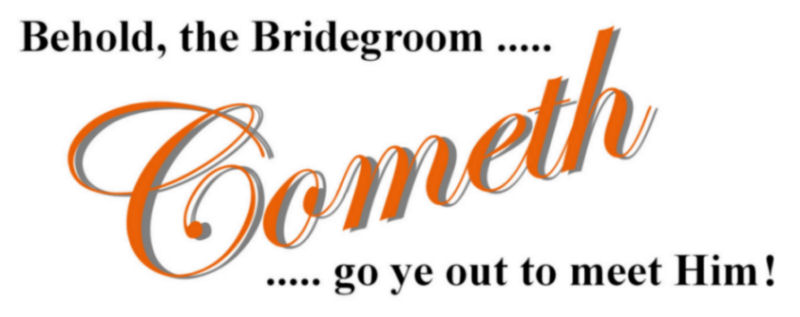© Copyright 2010-23 The Midnight Cry All rights reserved

William Branham Photographed with Pillar of Fire Halo
Houston, TX 1950
In January 1950, William Branham held a campaign in Houston, TX. As the services continued, a Rev. W. E. Best, (pastor of the Houston Tabernacle Baptist Church), publicly opposed both Brother Branham and Divine Healing, claiming that the days of miracles were past. Via the local newspapers, he challenged Brother Branham to a public debate.
Brother Branham did not wish to argue with another minister of the gospel and certainly not in public, but he agreed that Rev. Fred. F. Bosworth could accept the challenge so long as he did not fuss with Rev. Best. Although in his 73rd year, Rev. Bosworth had taught the audience the scriptural basis upon which to receive their healing each day of the campaign. The debate was arranged to take place at the Sam Houston Coliseum on the evening of January 24th and was featured on the front page of the Houston newspapers and reported by Look, Life, Time, and Colliers magazines.
The sympathy of the vast audience, including large numbers of Rev. Best's own denomination, was almost entirely on the side of the visiting evangelists, and many stood to their feet to witness that they had in fact been healed by God during the campaign. Their opposition to Rev. Best's claims grew as the four hour debate continued before some 8000 people.
Rev. Bosworth offered to walk away and admit that he had been in error all his life if Rev. Best could find one scripture in the Bible that contradicted any of the 600 he had written out to show that Christ's attitude to healing was the same today as it ever had been. When Rev. Best refused this offer, he then asked Rev Best, "Were Jehovah's compound redemptive names applied to Jesus, yes, or no?" Rev. Best had no answer and became angry and demonstrative and demanded that they "Bring that Divine healer out. Let me see him perform!""
Rev. Bosworth responded, "Brother Best, that sounds like another case at Calvary, 'Come down off the Cross and we'll believe You'. If preaching Divine healing makes Brother Branham a Divine healer, preaching salvation makes you a Divine Savior. You know you're not a Savior."
Rev. Raymond T. Richey then stood to his feet and with regard to Rev. Best, questioned, "Is this the attitude of the Southern Baptist Convention?," to which they eventually replied, "He came on his own."
Rev. Best had hired two photographers from the local Douglas Studios to take six photographs of him during the debate. As instructed, Mr. James Ayers (who owned the studio) and Mr. Ted Kipperman took the pictures. However, against the specific instructions they had been given, they also took one further black and white of Rev Branham at the lectern after he had been called from the audience to close the meeting.
Mr. Ayers decided to develop the seven negatives the same night and two hours later, to his surprise discovered the first six were entirely blank. His surprise turned to shock when the photograph of Brother Branham at the lectern developed perfectly but with an unexplained bright light in the form of a halo above his head. It was learned later that a number of people in the audience had signed statements that they had actually seen the light that night.
When Brother Branham was told of the phenomenon he expressed no particular surprise because this was not the first time the Pillar of Fire had been photographed. However the circumstances under which this latest image had been captured were quite remarkable, especially arising as it did from Mr. Ayers involvement, as he had earlier made quite skeptical remarks against the campaign.
The seventh negative was submitted to a Mr. George J. Lacy, considered the greatest authority on questioned documents in that area. After two days of exhaustive scientific testing, he certified that, "I am of the definite opinion the negative ….. was not retouched, nor was it a composite or double exposed negative. Further, I am of the definite opinion that the light streak appearing above the head in a halo position was caused by light striking the negative".
He personally informed Brother Branham that, "the mechanical eye of that camera will not take psychology. The light struck the negative."
William Branham refused any commercial or pecuniary reward from the sales of the image which had been copyrighted by Douglas Studios. The original photograph is held in the Library of Congress, Washington D.C., and can be viewed on the Internet at http://www.loc.gov/pictures/item/95512174/.
(See 'Halo of Light - Houston' WBSC)